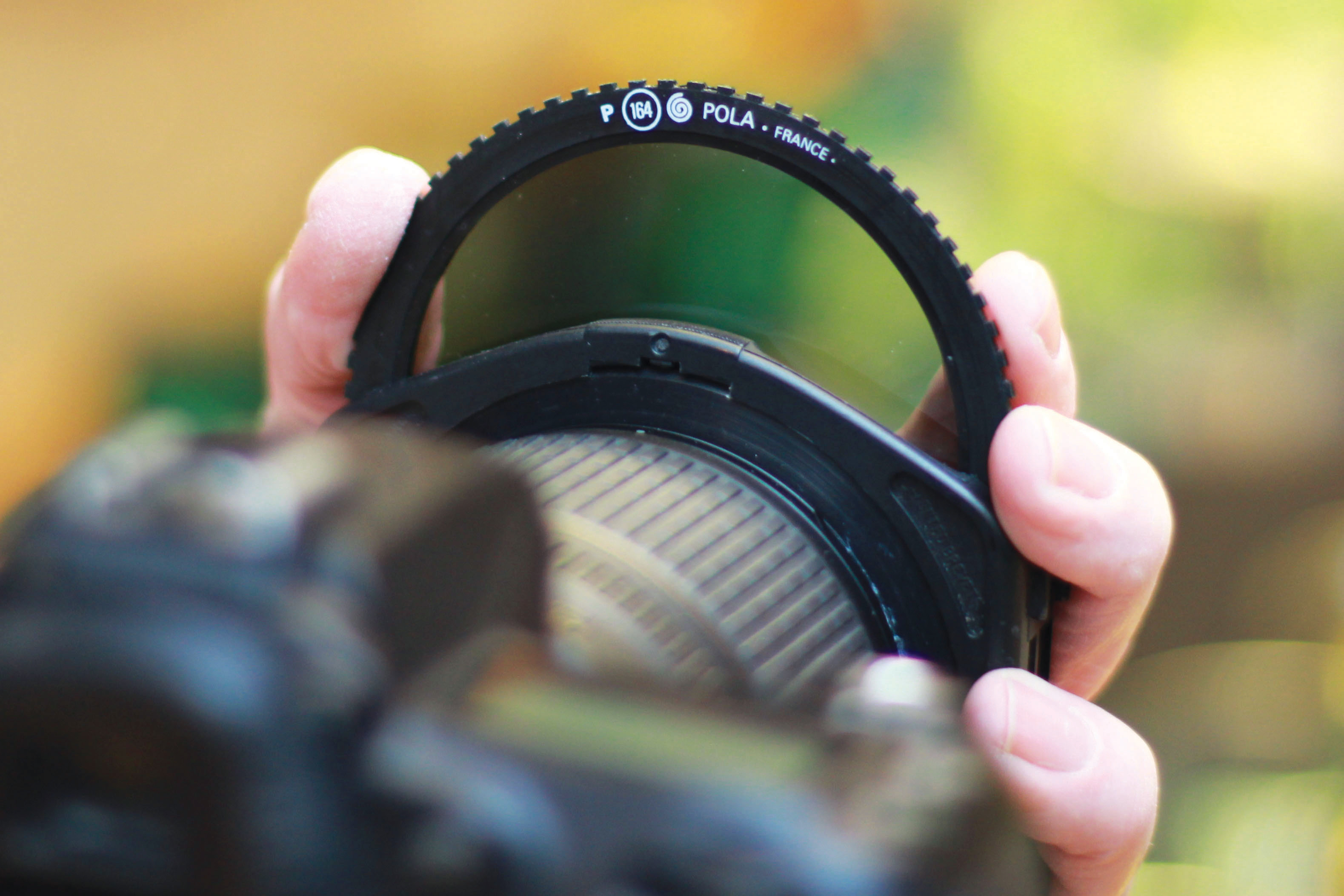Photography cheat sheet: woodland photography
Capture your best-ever shots of woodland and forest landscapes – using our infographic to help

Woodlands and forests have been a source of inspiration for artists and storytellers for centuries. The characteristic gnarled tree branches, dancing leaves, and detail receding into a misty background bring an almost dream-like quality, conjuring up memories of fantasy tales and epic poetry. These aspects make images of woodland landscapes popular amongst their viewers and the artists who create them.
As photographers, it can be easy to think of wooded scenes as a foolproof subject for the capture of successful images, especially with one of the best cameras for landscape photography. However, while it is true that photo-worthy content is plentiful and not difficult to find, there are some important steps to take so that you can represent it truthfully and at its most dramatic.
It’s not uncommon to enter a woodland or forest with high hopes for your next Instagram hit, only to find that the natural energy of the location seems to be lost in your shots. Let's take a look at some ways to improve your woodland photography and capture stunning scenes with impact.
Woodland photography: light and exposure

Photographer Adam Burton on how lighting alters the woodland landscape: Mist acts perfectly to both soften contrast and simplify cluttered woodlands, as well as add bags of atmosphere. Without mist, look for some backlighting to show off your subject. With the low sun behind woodland subjects, compositions can appear enchanting and appealing. Try capturing the sun peeping out from behind a branch to record a sunburst.
Due to the ways in which a camera reads and captures light, woodland environments are almost always going to represent a challenge when a photographer attempts to capture an accurate range of tones.
There are a couple of options available when attempting to correctly render all areas of the frame in their full detail-rich glory. Firstly, exposure blending will allow highlight detail and color from multiple frames to be combined, creating an image with a wider dynamic range. Another approach is to embrace the exposure imbalances and allow small areas of sky beyond the trees to blow out. This can introduce an ethereal style, while also simplifying the overall exposure process.
Check out our cheat sheet on camera metering modes if you need some help knowing which one to set.
Choose essential filters to improve your images

Circular Polarizing filters
Woodlands are filled with reflective surfaces, wet rocks, leaves, and rivers to name a few. The ubiquitous polariser is popular for good reason and can effectively deepen the color and increase subject separation in woodland environments.
The best camera deals, reviews, product advice, and unmissable photography news, direct to your inbox!
ND filters & ND grad filters
Full NDs are perfect for introducing motion to colorful leaves, for an impressionist style, and for softening water in woodland streams. Meanwhile, a soft ND Grad is handy for holding back the exposure of the tree canopy.
Diffusion filters
A less common filter, the soft focus or diffusion type will add a subtle glow to your images, giving them an ethereal quality. While this can be introduced in your software, the hardware offers an instant preview.
Download our woodland photography cheat sheet
The above photography cheat sheet was first published in Digital Photographer magazine. Why not download the image and save it to your phone's camera roll for later? It's full of lots of quick tips for woodland photography.
We've got lots more photography cheat sheets, but you might also like our expert guides to the best professional cameras and the best camera lenses.

Lauren is a writer, reviewer, and photographer with ten years of experience in the camera industry. She's the former Managing Editor of Digital Camera World, and previously served as Editor of Digital Photographer magazine, Technique editor for PhotoPlus: The Canon Magazine, and Deputy Editor of our sister publication, Digital Camera Magazine. An experienced journalist and freelance photographer, Lauren also has bylines at Tech Radar, Space.com, Canon Europe, PCGamesN, T3, Stuff, and British Airways' in-flight magazine. When she's not testing gear for DCW, she's probably in the kitchen testing yet another new curry recipe or walking in the Cotswolds with her Flat-coated Retriever.



